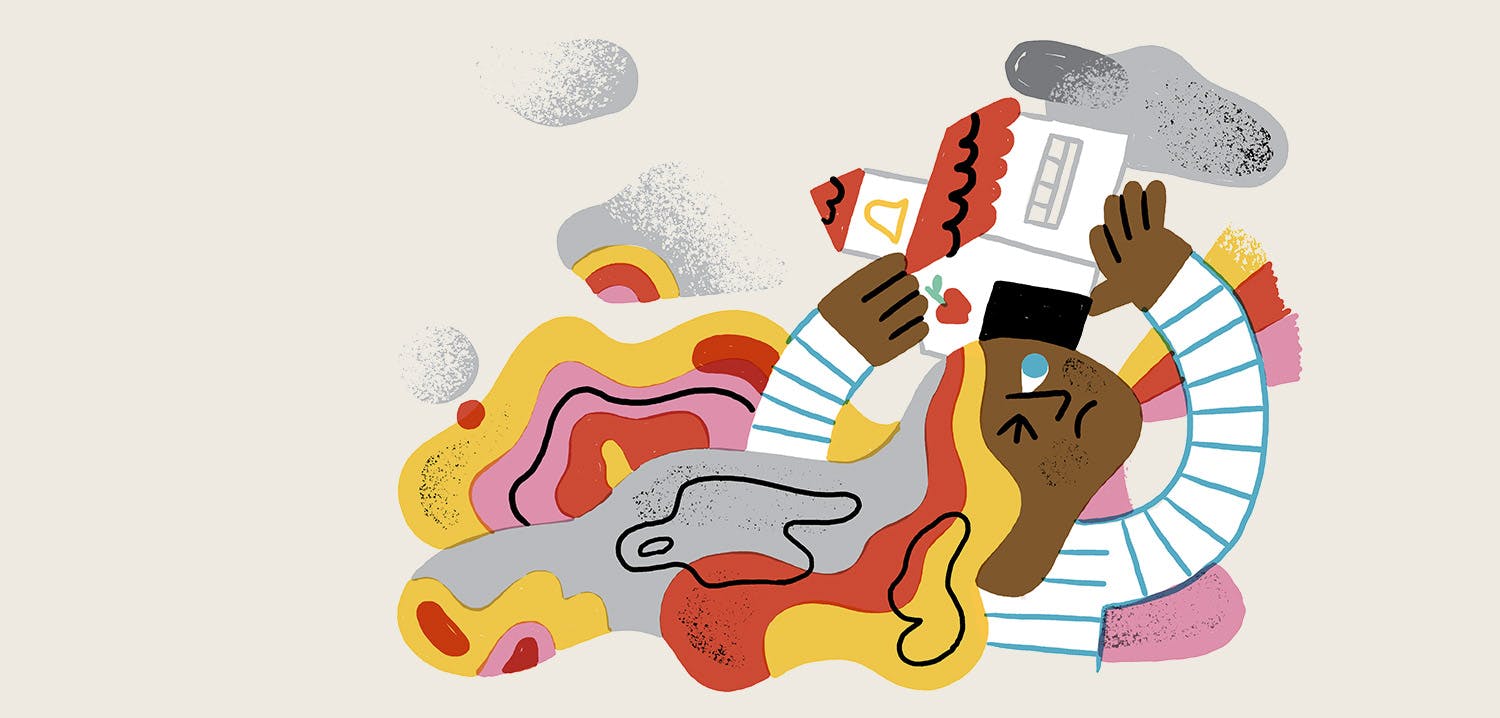Washington state and other parts of the U.S. are facing a teacher shortage in key subject areas.
It may be a surprise to hear that we are facing a teacher shortage when many districts and states are also short of funds. But in fact, many districts face a shortage, especially in key areas such as math, science, and special education. The major factors that have played into the development of this shortage fall under two broad categories:
1. The recruitment of new teachers.
2. The retention of current teachers.
On the surface, it may appear that the problem is a lack of capacity in our teacher preparation programs. However, with a growing number of non-traditional programs like Teach for America and traditional university-based programs running under capacity, it is important to look at other factors.
One of these is the challenge of recruiting new teachers. Policy changes that have increased the requirements, complexity, and cost of becoming a teacher; relatively low starting salaries; and ongoing criticism of our education systems, are all significant factors affecting teacher recruitment.
Retention of new teachers is another significant issue. Though the data is inconsistent and difficult to track, about one in five teachers will leave the profession within the first five years of teaching. These numbers would be staggering in any business or industry, but in a profession that is highly regulated, requiring a broad knowledge base and technical expertise, the loss of early career teachers must be addressed. So, what helps teachers stay in their jobs?
Teachers persist in the profession when they feel that their work is important. They persist when they have practical support to develop the competence needed to address the ever-growing number of responsibilities and complex student needs. Strong collegial connections also support teacher retention.
Ways to create these conditions include: strong mentor support, professional learning focused on improving students’ learning outcomes, and school-level structures to ensure that new teachers have the benefit of effective professional learning communities. These strategies help new teachers grow in competence while connecting them to community and giving them a sense that their work is important.
Beyond the novice teacher, we must equip veteran teachers with the skills to mentor, coach, and support their colleagues. A one-size-fits-all method for professional development may not be effective in meeting the varied needs of teachers at different stages of their career or the students they serve. By assessing specific needs of educators and designing ongoing opportunities for teachers to learn professionally, we can help support all teachers in a timely, effective, and meaningful way.
Just as teachers create different avenues to learning for their students, policymakers need differentiated approaches to address this complex problem.

Dan Bishop is assistant professor and director of undergraduate teacher education in Seattle Pacific University’s School of Education.

Robin Henrikson is assistant professor and chair of Seattle Pacific University’s master of education in teacher leadership.




